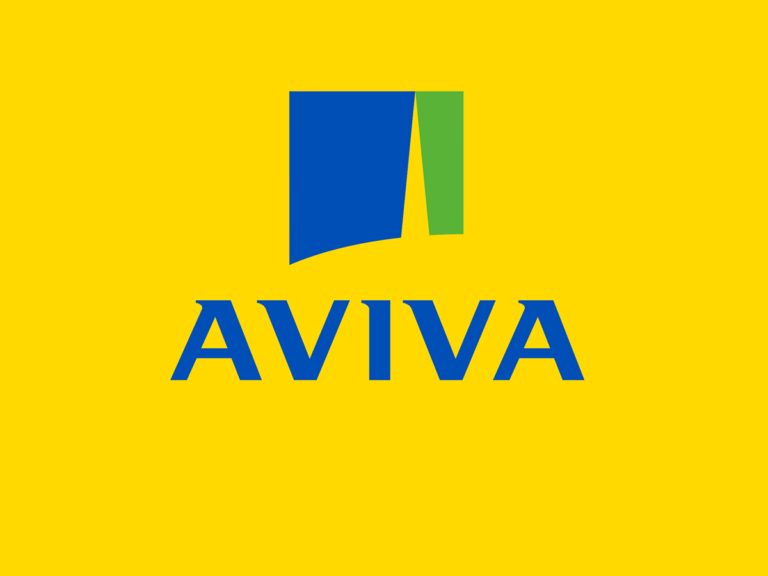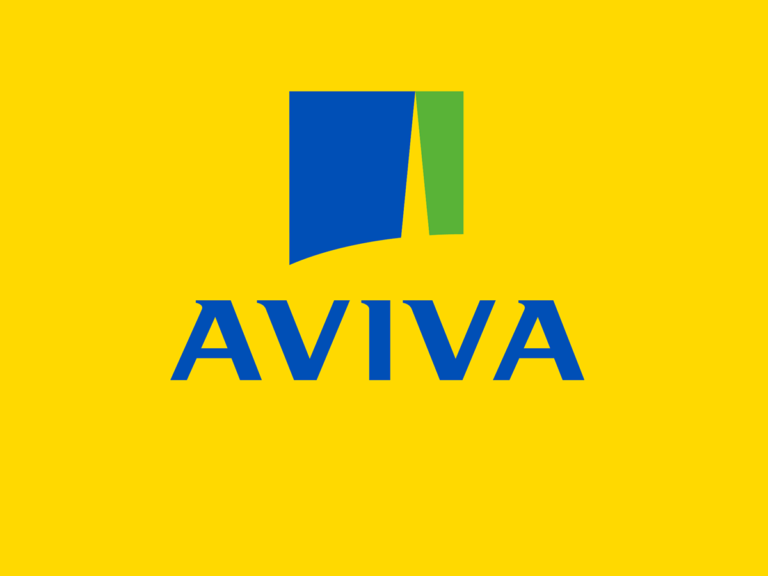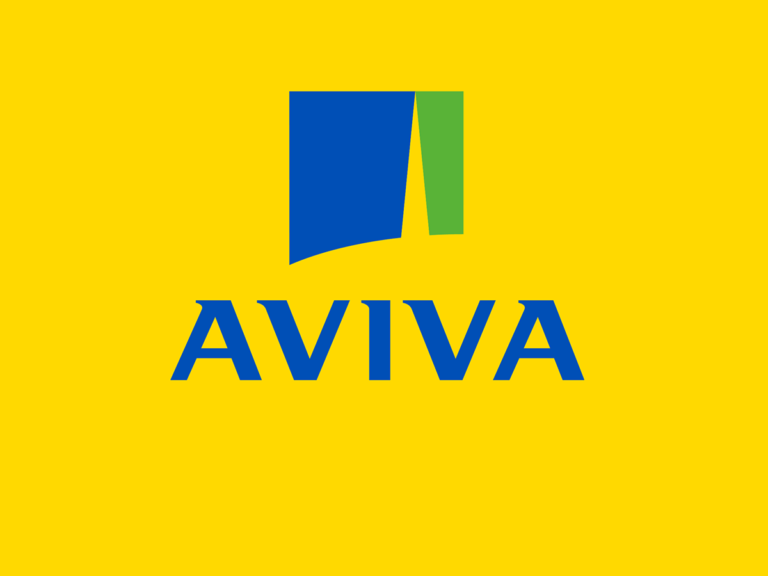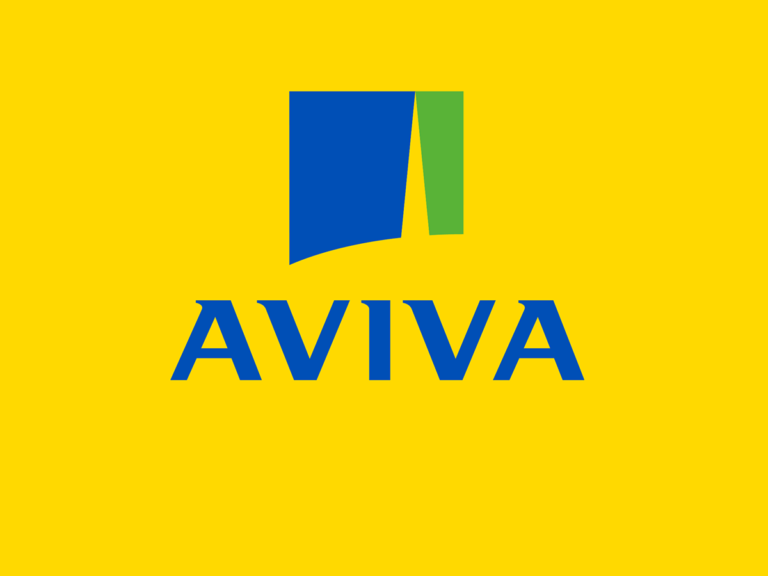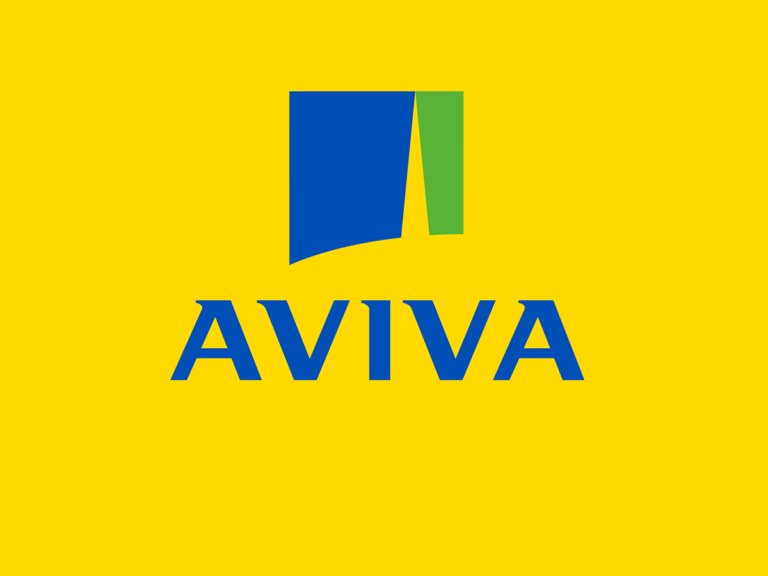Title Page
-
Location
-
Date
-
Completed by
-
To view our Loss Prevention Standard that supports this checklist, please view the following link : https://broker.aviva.co.uk/documents/view/aviva_lighting_lps.pdf
All Lighting
-
1. Have all light fittings been identified so you know the actual fitting type and its location?
-
2. Are lights in use appropriate for the atmospheric conditions in which they are used? Including any hazardous atmospheres such as DSEAR/ATEX zones?
-
3. Are lamps inspected on a regular basis? Any that are dim, flickering or not producing light should be replaced immediately.
-
4. If dust or fly is a by-product of your activities are the light fittings selected with a low surface temperature/low heat emitting?
-
5. Are any light fittings passing or fixed to/through foam insulated metal panels?<br>• Are all installations carefully reviewed?<br>• Is all exposed foamed plastic insulation encapsulated in an appropriately approved fire resistive material?<br>• To prevent cable insulation damage, are all cut metal panels grommeted?
-
6. Are any light fittings directly fitted to any other combustible elements of construction?
-
7. Are light fittings maintained at least 1-11/2m away from combustible materials or combustible construction horizontally?<br>• Can the light fitting be moved?<br>• Can the combustible materials be moved?<br>• Can the combustible construction be protected with a non-combustible/fire resistant covering?
-
8. Are all light fittings located in areas where impact or vehicle impact is not expected?
-
9. Are light fittings considered and reviewed as part of regular housekeeping/inspection regimes?
-
10. Are light fittings properly maintained?
-
11. Are damaged light fittings electrically isolated until fully repaired?
-
12. Are light fittings cleaned regularly and maintained clean of dust and other accumulations?
-
13. Is there appropriate air movement to ensure light fittings remain cool?
-
14. Are light fittings checked at least annually with a thermographic camera?
HID Lighting
-
15. Is a record of the lamp installation date and recommended manufacturer's service life maintained?
-
16. As the bulbs can catastrophically fail, even if shielded, are HID lights located over sterile areas?<br>• Are all combustible materials below prohibited?<br>• Is temporary storage prohibited below HID lights?
-
17. Are light fittings with integral borosilicate glass or tempered soda lime glass containment barriers for the appropriate lamp type used?
-
18. Where containment barriers are not possible, are lamps used which either have the arc tube protected by a glass shroud (0-Type), or are shatter resistant?
-
19. Do the replacement of bulbs and other work procedures state that the lamps are not touched with bare hands?
-
20. Are all lamps protected from contact with liquid, moisture, dust, dirt, oils, etc.?
-
21. Are all lamps protected from contact with water?
-
22. Are all lamps that have been damaged or scratched isolated?
-
23. Are all HID lights turned off for at least 15-20 minutes every week?
-
24. As failure rate increases with age, are lamps changed at 70% of their rated life?
-
25. Do the replacement of bulbs and other work procedures state that this should only be completed by properly qualified electricians and only when the lamps are cold and the power locked off?
Fluorescent Lighting
-
26. Are flickering lights isolated and repaired immediately?
-
27. Where light fittings use starter motors, are non-striking safety starter motors used in all cases?
Sign Off
-
Additional Comments:
-
Completed by (Name and Signature)
